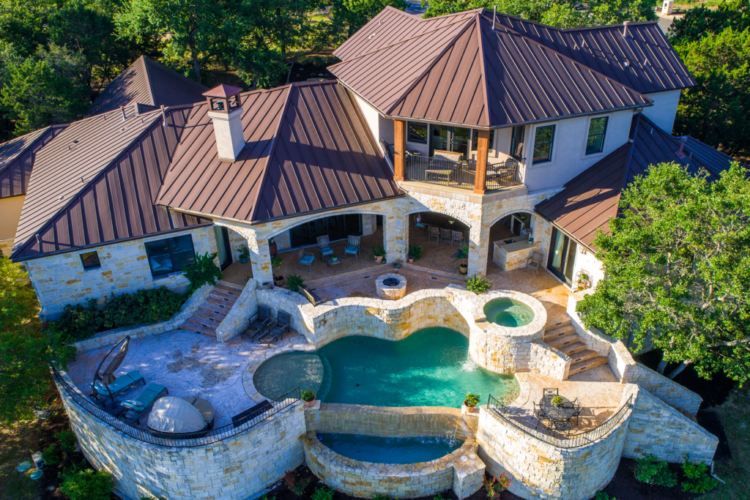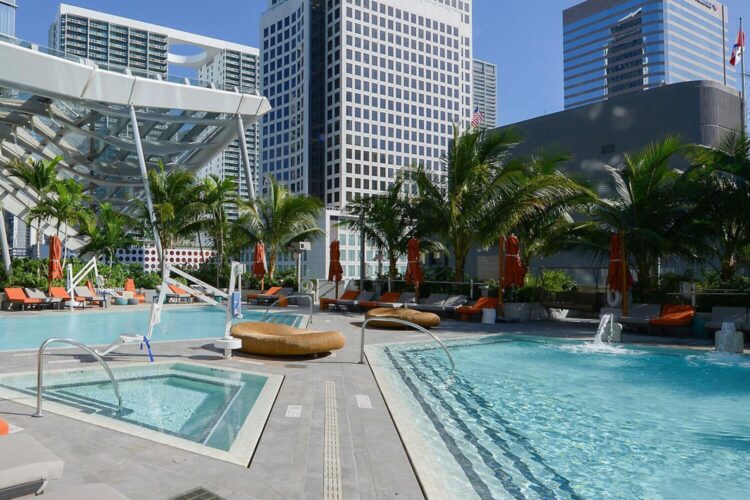In the realm of swimming pools, the materials chosen for construction play a pivotal role in determining the pool’s longevity, aesthetics, and overall user experience. Among the various materials available, stainless steel has emerged as a contemporary choice for pool construction, offering a blend of modern elegance and functionality. This article delves into the advantages and disadvantages of these pools, providing a comprehensive understanding for homeowners, architects, and pool enthusiasts considering this material for their swimming pool projects.
Table of Contents
Understanding Stainless Steel Pools
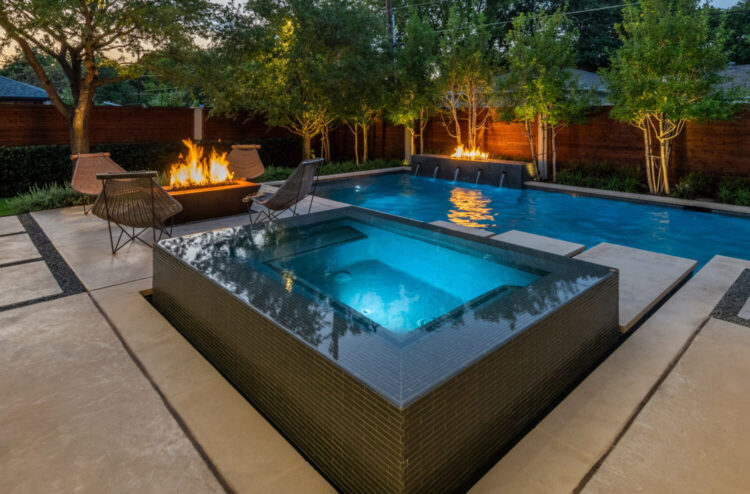
These pools, characterized by their sleek and shiny appearance, are constructed using stainless steel panels that are welded together to form the pool’s structure. This material is renowned for its resistance to corrosion, durability, and strength, making it a favorable option for both indoor and outdoor swimming pools. The adaptability of stainless steel also allows for customized shapes and sizes, catering to a wide range of design preferences.
Advantages of Stainless Steel Pools
Durability and Longevity
One of the most significant benefits of these pools is their exceptional durability. Stainless steel is inherently resistant to corrosion, rust, and damage from pool chemicals, making it an ideal material for the harsh environment of a swimming pool. This resilience contributes to the pool’s longevity, ensuring that it remains in pristine condition for many years, potentially outlasting pools made from traditional materials like concrete or fiberglass.
Aesthetic Appeal
The modern and sophisticated look of these pools is another compelling advantage. The reflective surface of stainless steel can create a stunning visual effect, especially when combined with creative lighting and water features. This aesthetic appeal can enhance the overall ambiance of outdoor spaces and indoor facilities, making stainless steel pools a popular choice for luxury homes, hotels, and recreational centers.
Hygiene and Maintenance
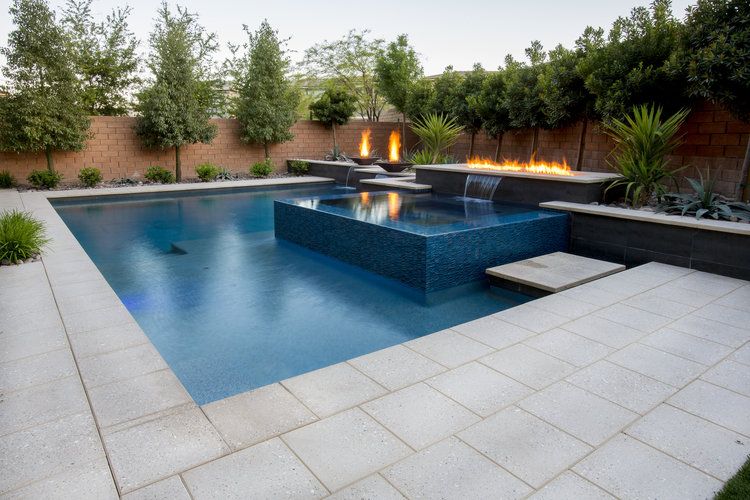
These pools are highly regarded for their ease of maintenance and hygienic properties. The non-porous surface of stainless steel inhibits the growth of algae and bacteria, reducing the need for aggressive cleaning and chemical treatments. This feature not only simplifies pool maintenance routines but also contributes to a healthier swimming environment.
Flexibility in Design
The malleability of stainless steel allows for greater flexibility in pool design compared to more rigid materials. These pools can be customized into various shapes and sizes, accommodating unique architectural features and space constraints. This adaptability makes stainless steel an attractive option for projects with specific design requirements or challenging installation sites.
Eco-Friendliness
Stainless steel is a recyclable material, making these pools a more environmentally friendly option compared to pools made from non-recyclable materials. The longevity of stainless steel pools also means less frequent replacement, further reducing the environmental impact associated with pool construction and disposal.
Disadvantages of Stainless Steel Pools
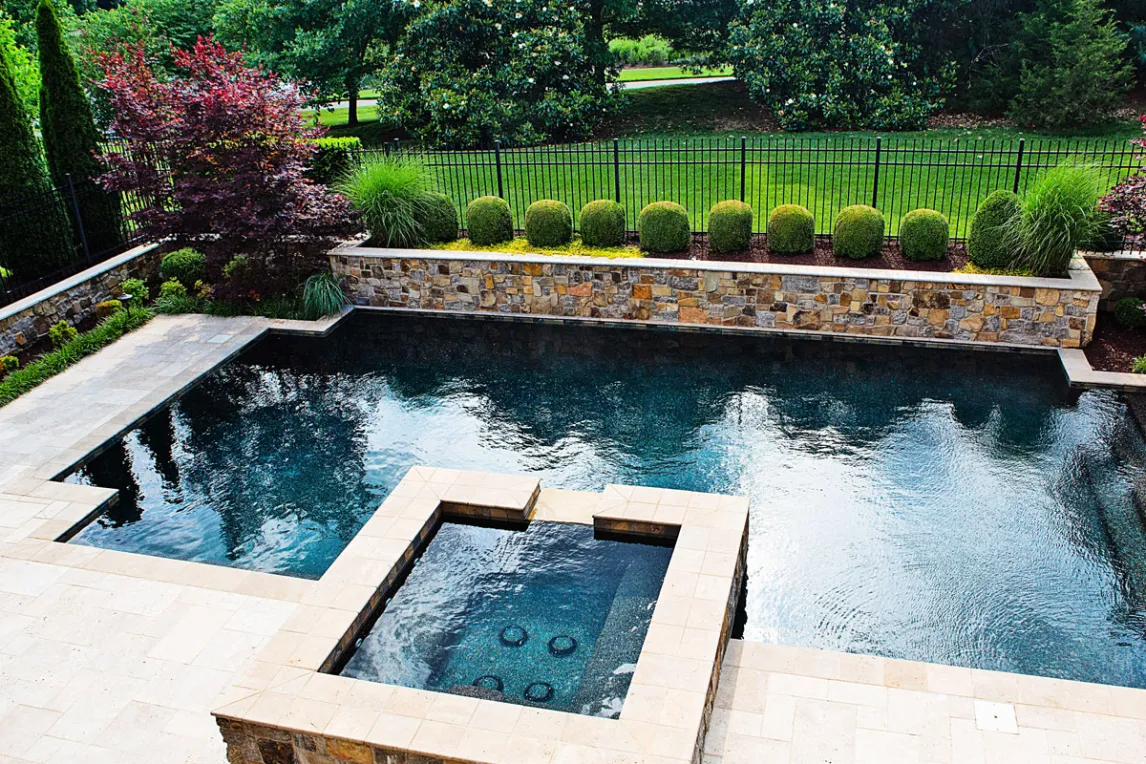
Initial Cost
One of the primary drawbacks of stainless steel pools is their higher initial cost. The price of stainless steel, combined with the specialized labor required for installation, can make these pools more expensive upfront compared to traditional pool materials. This higher initial investment may deter some homeowners and developers, particularly those working within tight budgets.
Temperature Conductivity
Stainless steel is an excellent conductor of heat, which can be a disadvantage in certain climates. In hot environments, the pool shell can become uncomfortably warm, whereas in cooler climates, the water may lose heat more rapidly, increasing heating costs. This thermal conductivity requires careful consideration of insulation and heating solutions to ensure comfortable water temperatures throughout the swimming season.
Potential for Cosmetic Damage
While stainless steel is resistant to structural damage, it is susceptible to cosmetic issues such as scratches and fingerprints. These surface imperfections can detract from the pool’s appearance, requiring regular cleaning and maintenance to preserve its aesthetic appeal. In areas with high foot traffic or frequent use, this vulnerability to cosmetic damage can be a significant concern.
Limited Availability of Specialists
The construction of stainless steel pools requires specialized skills and expertise, which may not be readily available in all regions. Finding contractors with experience in stainless steel pool installation can be challenging, potentially leading to delays and increased costs. This limited availability of specialists can also affect the quality of installation, impacting the pool’s performance and longevity.
Noise Considerations
The acoustics of stainless steel pools can differ from those of traditional pools, with some users reporting a more pronounced echo or “tinny” sound. This characteristic can affect the ambiance of indoor pools and enclosed spaces, requiring additional acoustic treatments to mitigate noise levels and ensure a pleasant swimming experience.
Weighing the Pros and Cons
When considering a stainless steel pool, it’s essential to weigh the advantages and disadvantages in the context of your specific project requirements, budget, and preferences. The durability, aesthetic appeal, and hygienic properties of stainless steel pools make them an attractive option for many, but the higher initial cost, thermal conductivity, and potential for cosmetic damage are important factors to consider.
Customization and Creative Possibilities
Another notable advantage of these pools is the vast array of customization and creative possibilities they offer. Unlike traditional materials that may limit design options due to their fixed shapes and sizes, stainless steel can be crafted into virtually any shape or design, catering to the most imaginative architectural visions. This flexibility allows for the creation of unique water features, infinity edges, and integrated spa facilities, making each stainless steel pool a bespoke masterpiece.
Closing Thoughts
Stainless steel pools stand out as a cutting-edge choice in swimming pool design, combining durability, aesthetic sophistication, and hygienic benefits. The material’s adaptability for customization and creative design adds another layer of appeal, allowing for unique and personalized pool projects. While the higher initial investment and considerations such as thermal conductivity and the potential for cosmetic damage may pose challenges, the long-term benefits and innovative possibilities of stainless steel pools make them a worthy consideration for those seeking a modern and durable swimming solution.

